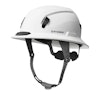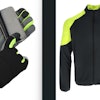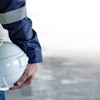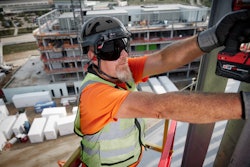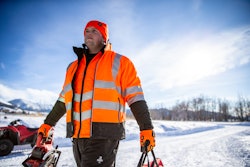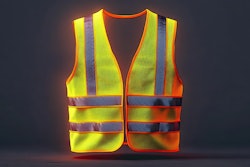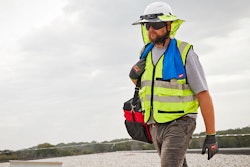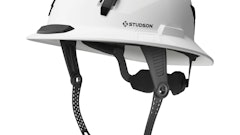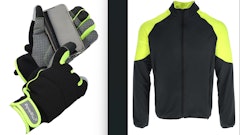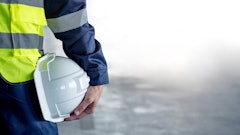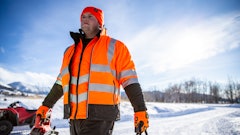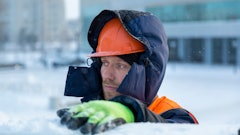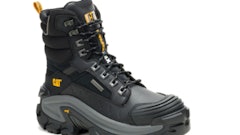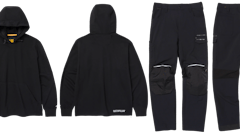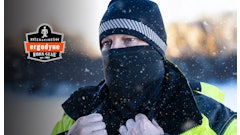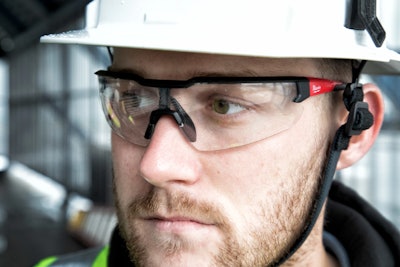
In the construction industry, personal protective equipment (PPE) is more than a regulatory checkbox — it’s a critical part of staying safe on the job. But not all PPE is created equal, and not every glove or pair of safety glasses will suit every task. Selecting the right protection means understanding the specific hazards of the job at hand and knowing how to match those risks to the right level of performance, comfort and durability.
From cut protection and impact resistance to lens clarity and anti-fog coatings, gloves and eyewear must do more than shield — they must work with the user, not against them.
Matching PPE to Real-World Risk
Construction professionals face a wide range of hazards daily: flying debris, sharp materials, prolonged vibration, UV exposure and chemical splashes to name a few. Choosing the right PPE means aligning each piece of equipment with specific jobsite conditions.
For instance, tasks like concrete drilling or demolition involve high vibration exposure, which can lead to Hand-Arm Vibration Syndrome (HAVS) — a progressive condition that can cause permanent nerve and circulatory damage. In these situations, standard gloves won’t cut it. Look for gloves specifically for vibration reduction with reinforced high-wear zones, and an ergonomic fit that won’t hinder dexterity. Recent advancements in glove design have made it possible to protect hands from long-term damage without sacrificing comfort or precision.
Likewise, eye injuries are among the most common — and preventable — worksite incidents. Workers need eyewear that suits the lighting, environment and activity. For outdoor work, UV-blocking and polarized lenses can reduce strain and improve clarity. For indoor tasks, anti-fog coatings and gasketed eyewear provide better visibility and full seal protection in dusty or high-humidity environments.
Prioritizing Comfort to Drive Compliance
Across jobsites, one of the most cited reasons for non-compliance is discomfort. When gloves feel bulky or eyewear constantly fogs up, workers are less likely to wear them consistently — and that puts them at risk.
Modern PPE design has evolved to address these pain points. Adjustable features, moisture-wicking materials, lightweight frames, high dexterity and breathable glove linings all contribute to a better user experience. When workers feel comfortable, they’re more likely to stay compliant and focused — without unnecessary distractions.
A Systems-Based Approach to Safety
Ultimately, selecting the right PPE is not just about the gear itself — it’s about how it supports the task, the worker, and the jobsite environment. Safety professionals should view PPE as part of a broader safety ecosystem, where hazard assessments, user feedback and task-specific demands inform equipment selection.
By choosing gloves and eyewear tailored to real jobsite risks — and by prioritizing comfort, compliance and innovation — construction companies can protect their crews without slowing them down.
After all, the right PPE doesn’t just prevent injuries; it builds confidence, boosts productivity and reinforces a culture of safety from the ground up.
